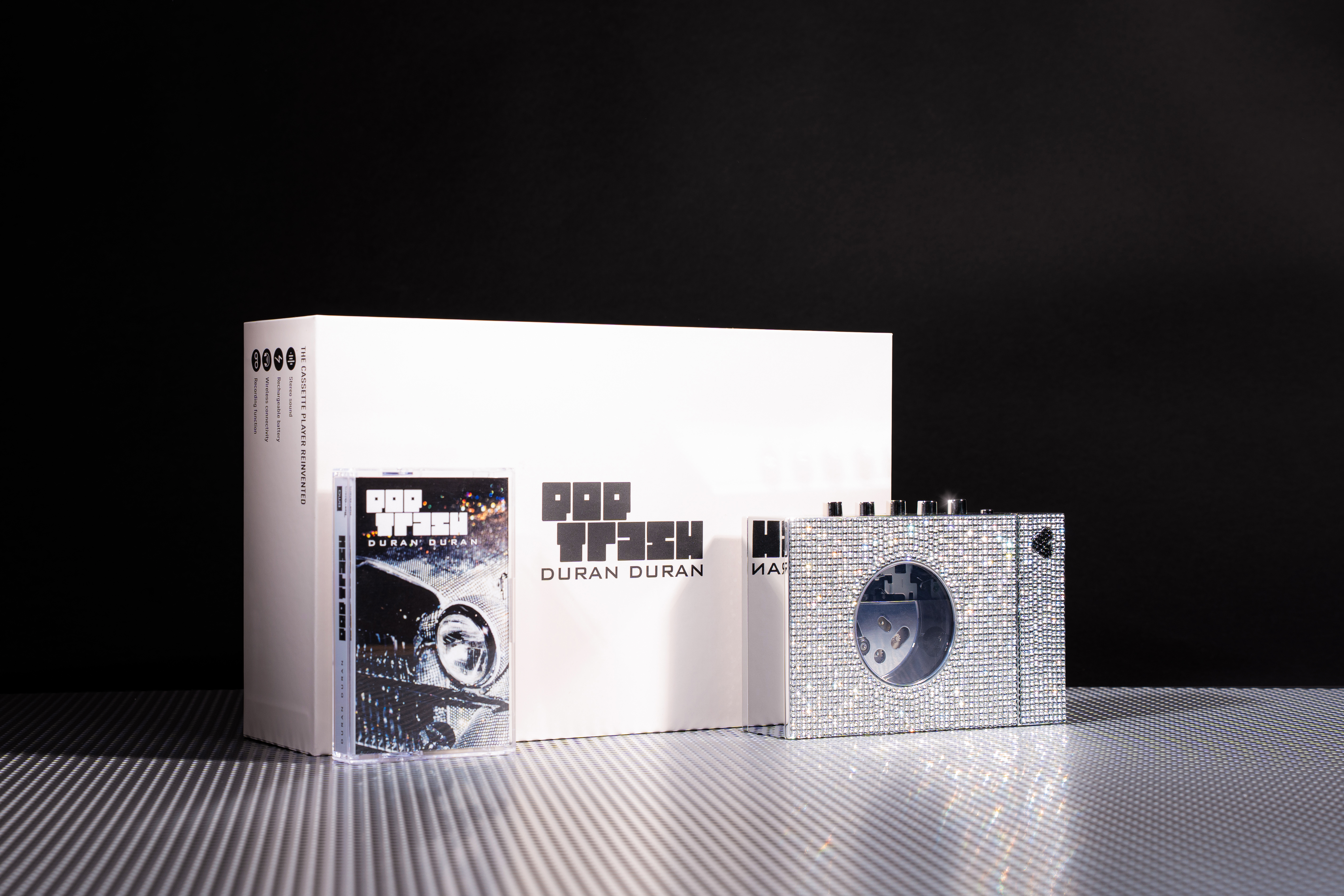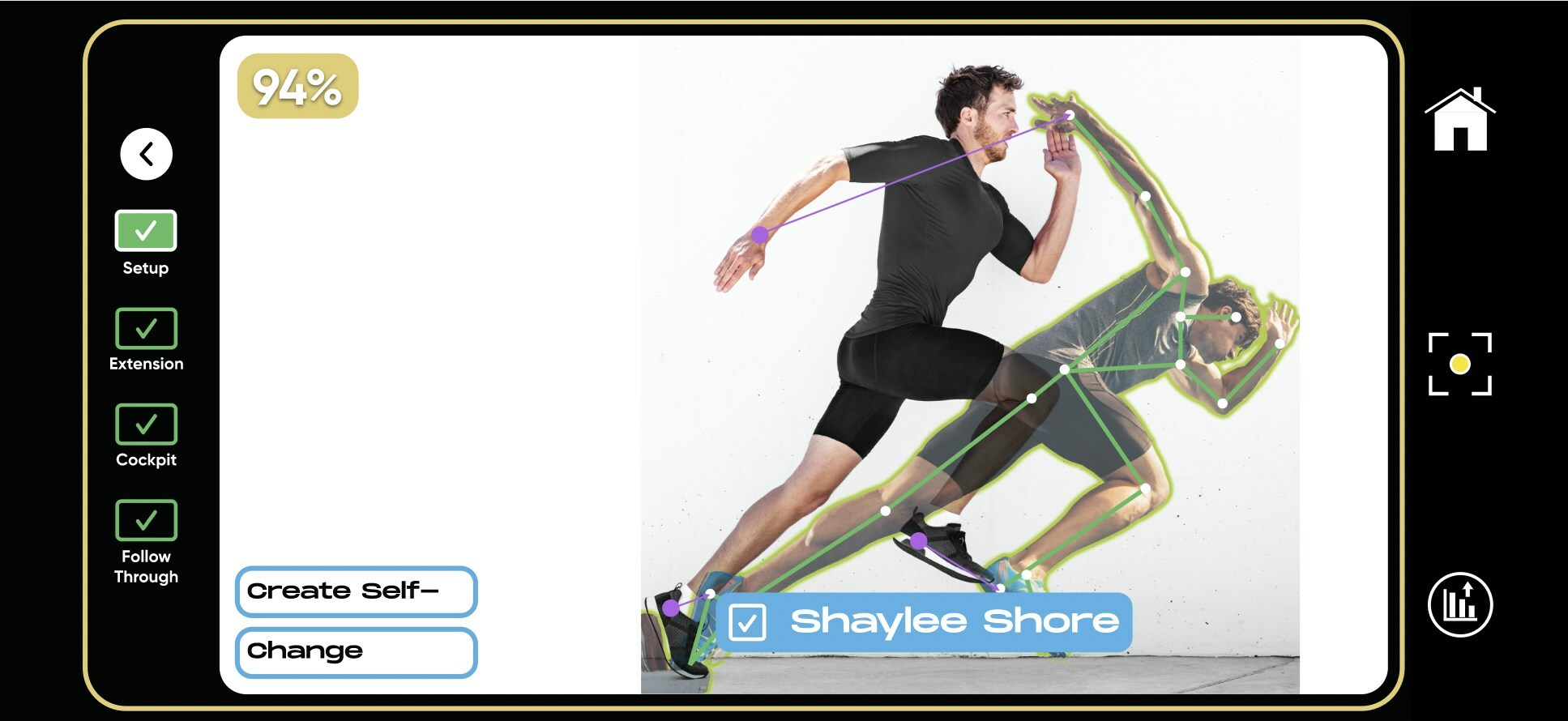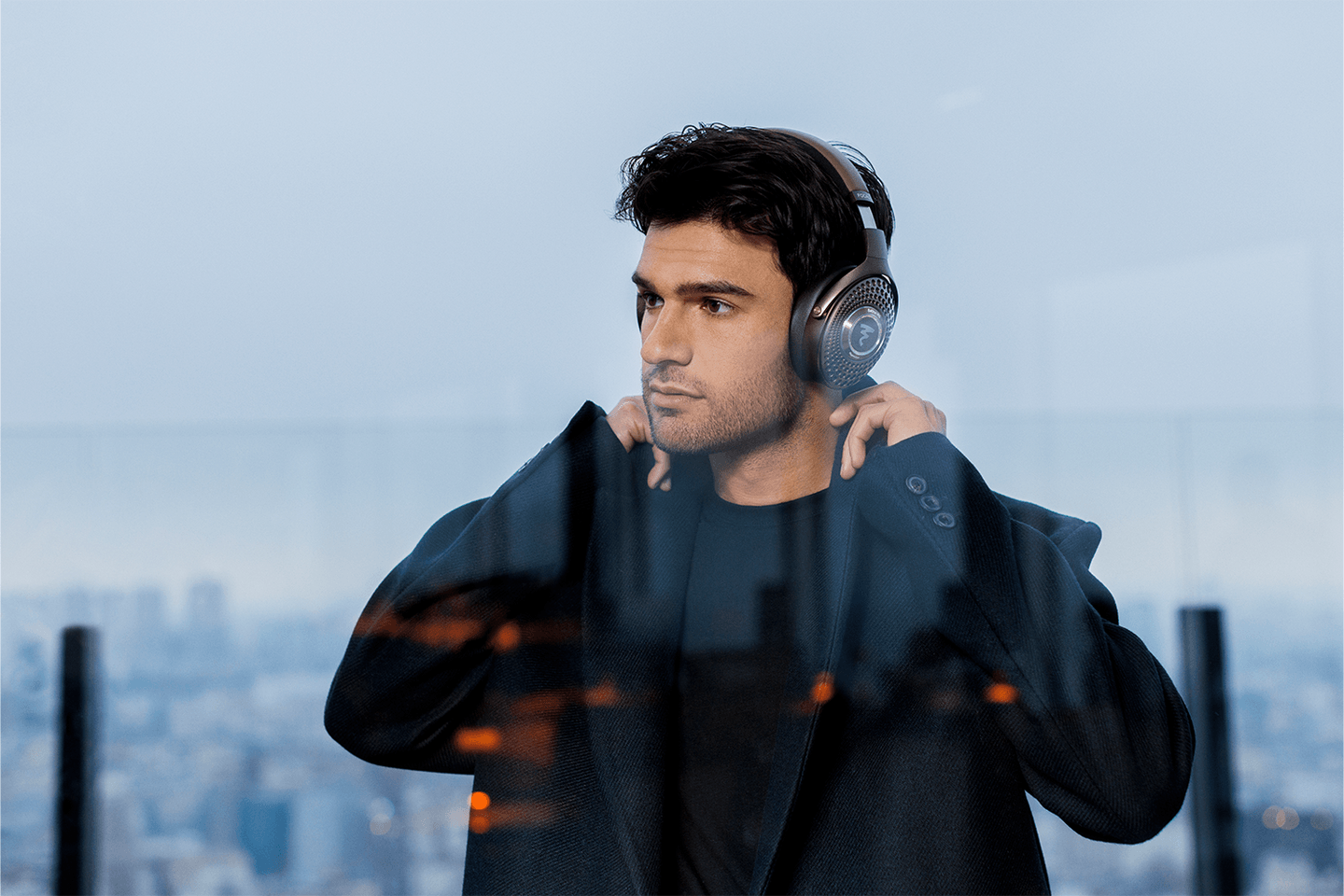
Zelda’s Hidden Battle Comes Into Focus
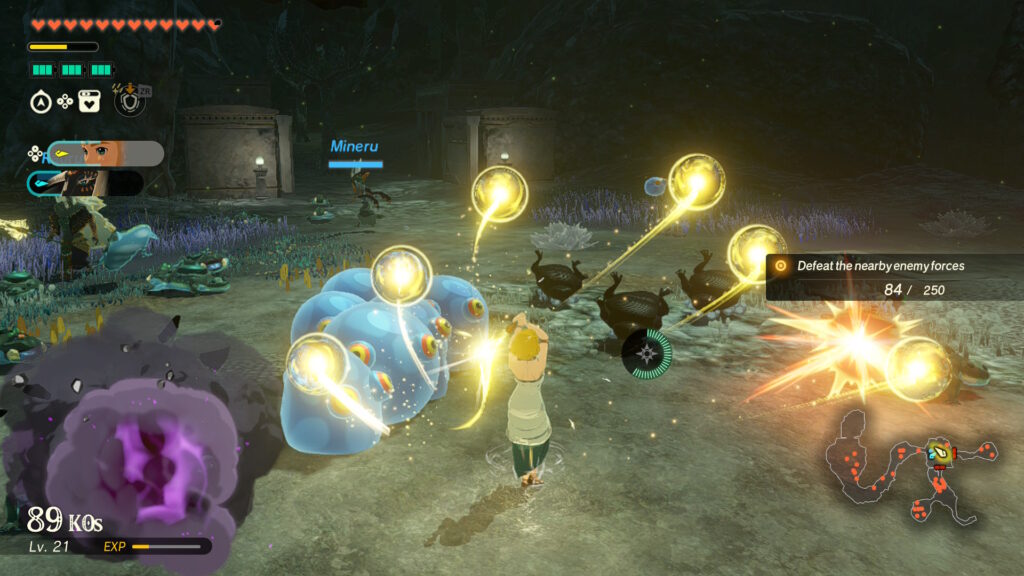
By Brian K. Neal
There’s a specific kind of voltage when Nintendo hands Zelda to Koei Tecmo — and makes it canon. Not parody, not side-fiction, not an alternate fantasy branch — but actual connective narrative. Hyrule Warriors: Age of Imprisonment reads like the hidden artery beneath Tears of the Kingdom — the conflict that the mainline game only hinted at in memories and implication — now fully staged, in motion, in real time. This isn’t a hypothetical “what if,” nor a lore footnote. This is Princess Zelda’s unspoken period of war, made into a playable chapter — a perspective that TOTK never allowed us to inhabit.
Structurally, this follows the same foundation established in Hyrule Warriors: Age of Calamity: a world map filled with missions, unlock nodes, upgrades and optional side encounters — classic Dynasty Warriors rhythm. Fast-paced action, huge crowds, sweeping combos — the full Musou grammar — a sharp contrast to the more tactical, exploratory adventure pacing in Tears of the Kingdom. The verticality returns from TOTK — Sky Islands above, and the Depths below — but here they’re battlefronts, not puzzle spaces. Characters read as mechanically distinct, not simple reskins, with Zelda having her own clear identity in motion. Local co-op is also supported — and being able to play this with a friend locally (even if one is still on a Switch 1 and the other on Switch 2) with only a single copy needed — is simply convenient.
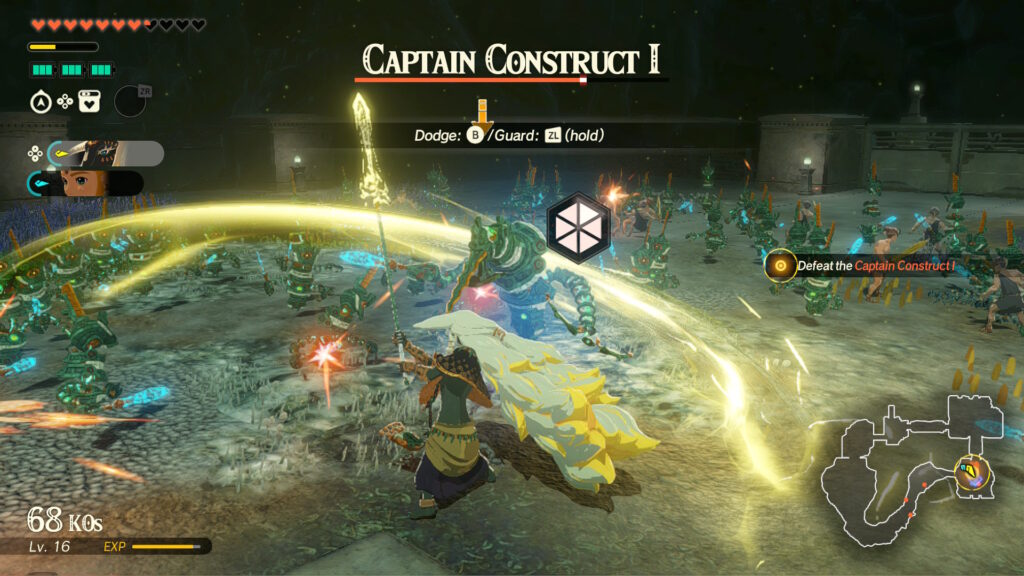

The engine under the hood benefits from Switch 2’s added headroom. More bodies per battle. More particulate fidelity. More stable frame timing. The game targets 60fps and largely lives in the 50–60 range during intense moments. Docked resolution scales dynamically around ~900p with dips toward 720p — and handheld runs dynamically between roughly 468p and 648p — but in real gameplay testing the handheld image still looks surprisingly sharp thanks to FSR upscaling. The one lingering frustration is pre-rendered cinematics: cutscenes sit at 30fps and appear visibly softer. The world in motion is so rich that the difference becomes instantly noticeable — a small but persistent disconnect.
In the context of Zelda’s cultural timeline — this one matters. It isn’t a novelty crossover. It isn’t a safe side-project. This is the war underneath Tears of the Kingdom — the emotional topography beneath the sky and the void. Warriors fans will enjoy the scale. Zelda fans will feel the narrative oxygen fill the chamber. And newcomers will find a surprisingly accessible on-ramp through spectacle, co-op, and immediacy. In the end, Hyrule Warriors: Age of Imprisonment succeeds because it finally shows the chapter that Tears of the Kingdom never let us play.




